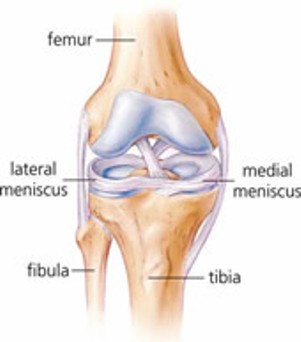Ways to counteract the sedentary nature of sitting in your work day
 Prolonged siting in deskbound jobs can definitely have ill effects on our health. Not only does it load the spine, but it also is a very passive activity meaning the level of muscle activity drops and the rate of burning calories is somewhat reduced compared to walking around. Of course though in today’s society many of us have deskbound jobs, so here are some suggested ways to counteract the sitting whilst in the workplace.
Prolonged siting in deskbound jobs can definitely have ill effects on our health. Not only does it load the spine, but it also is a very passive activity meaning the level of muscle activity drops and the rate of burning calories is somewhat reduced compared to walking around. Of course though in today’s society many of us have deskbound jobs, so here are some suggested ways to counteract the sitting whilst in the workplace.




